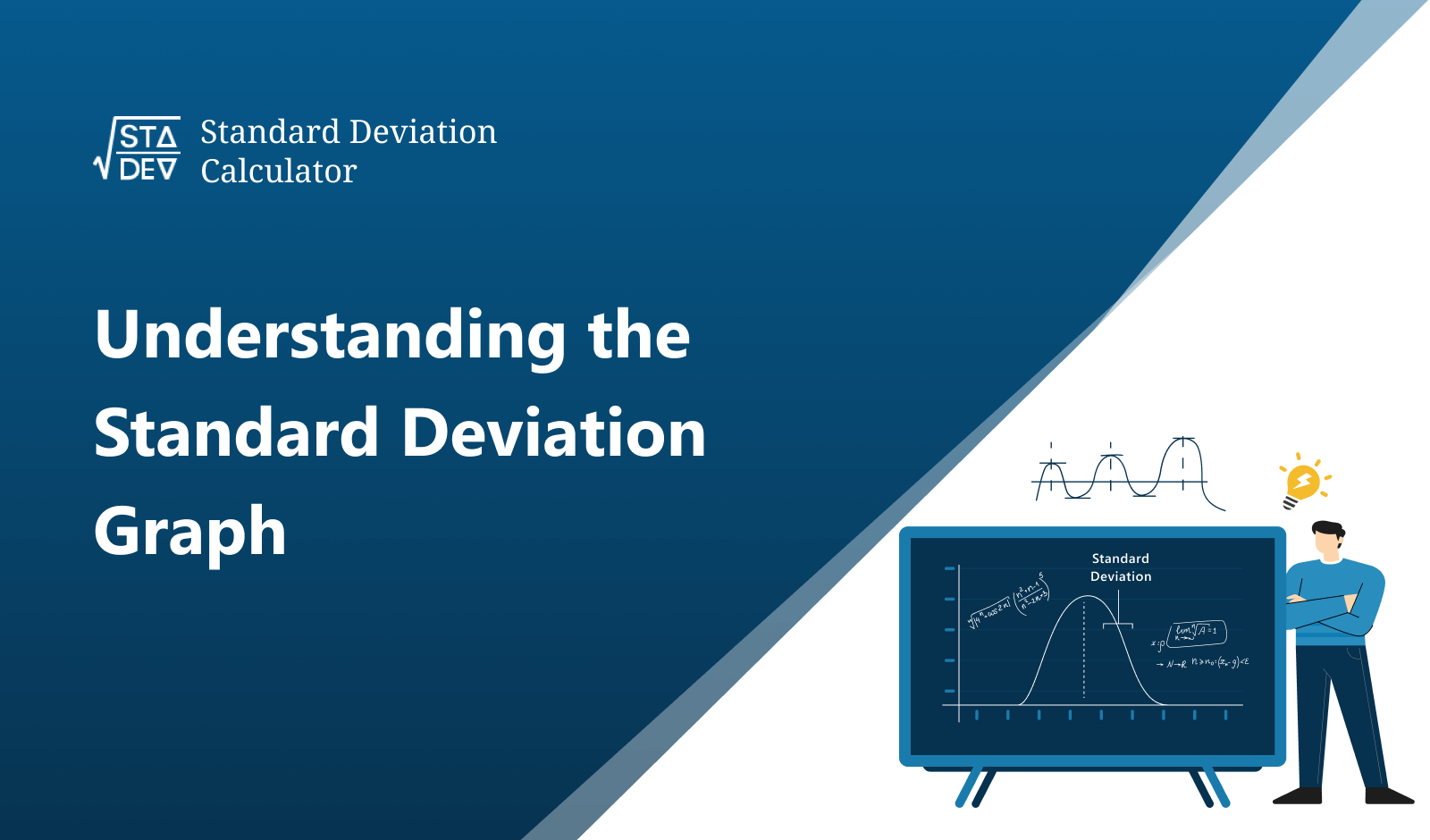The P value calculator calculates the probability and checks whether the result is significant or not.
P value in statistics
A p-value is a probability that measures the level of significance of an observed result. It's a statistical measure that indicates the likelihood of obtaining a result as extreme as the one observed, assuming that the null hypothesis is true.
The null hypothesis is the assumption that there is no significant difference between two groups or variables.
Understanding the Significance Level
The significance level is a pre-determined threshold that is used to determine whether the p-value is statistically significant or not. The most commonly used significance level is 0.05, which means that there is a 5% chance that the observed result occurred by chance.
- If the p-value is less than or equal to 0.05, we reject the null hypothesis and conclude that there is a significant difference between the two groups or variables.
- If the p-value is greater than 0.05, we fail to reject the null hypothesis and conclude that there is no significant difference between the two groups or variables.
Calculating p-value:
To calculate the p-value, we use a statistical test such as the t-test, ANOVA, or chi-square test, depending on the type of data and the research question. The test statistic measures the difference between the observed data and the null hypothesis, and the p-value is calculated from the test statistic using a probability distribution such as the t-distribution or the F-distribution.
Importance of p-value
The P value is an essential tool for researchers and statisticians as it helps to determine the validity of their research findings. If the P value is statistically significant, it means that the observed result is not due to chance, and there is a real effect that can be attributed to the independent variable.
However, it's important to note that a statistically significant result does not necessarily mean that the effect is practically significant or clinically relevant.
Limitations of p-value
While the P value is a useful statistical tool, it has its limitations.
- One of the main limitations is that it only provides information about the likelihood of obtaining the observed result by chance.
- It does not provide information about the size of the effect or the practical significance of the result.
- The P value is sensitive to sample size.
- Another limitation of the P value is that it's affected by multiple testing. If we conduct multiple statistical tests on the same data, the likelihood of obtaining a false positive result increases.
To address this issue, researchers can use techniques such as Bonferroni correction or false discovery rate control to adjust the P value threshold.
Statistical Example of P-value
Suppose we want to compare the mean height of two groups of people, Group A and Group B. We measured the height of 10 people in each group and obtained the following data:
- Group A: 165, 170, 173, 175, 180, 182, 183, 185, 187, 190
- Group B: 160, 162, 165, 168, 170, 172, 175, 178, 180, 182
We want to test the null hypothesis that there is no significant difference between the mean height of Group A and Group B. We can use the two-sample t-test to test this hypothesis. The calculated t-value is 2.26, and the degrees of freedom are 18.
Using a t-distribution table, we can find the p-value to be 0.035, which is less than 0.05. Therefore, we reject the null hypothesis and conclude that there is a significant difference between the mean height of Group A and Group B.







